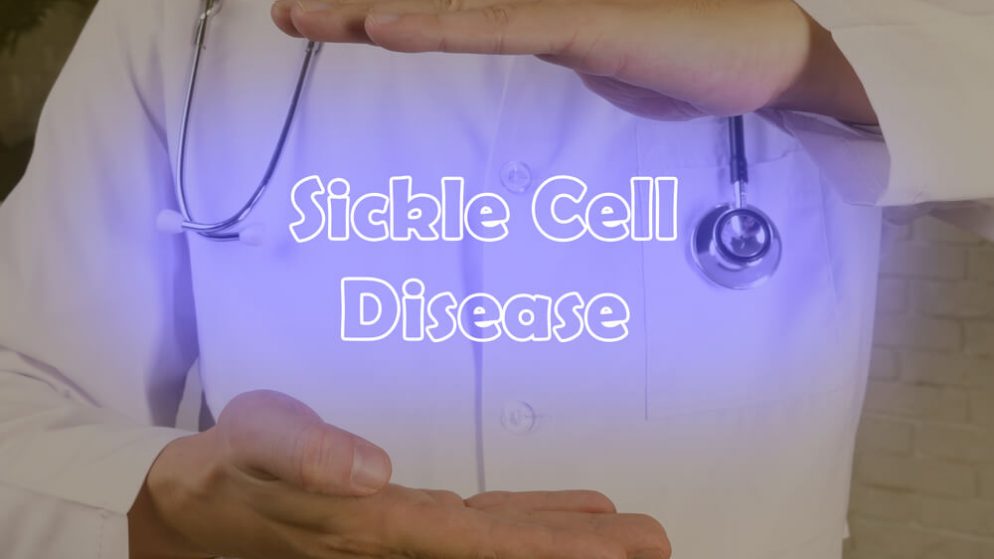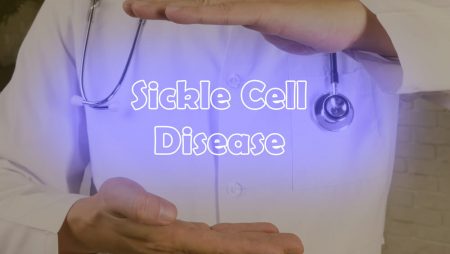



Get new exclusive access to healthcare business reports & breaking news




According to research conducted by the Centre for Disease Control, 6 out 10 adults in the US are living with a chronic illness. For some, the imapact on their longevity and quality of life may be rather minor. But for those suffering debilitating conditions such as sickle cell disease, it can mean a reduced life expectancy, increased risk of strokes, and extreme pain.
New gene treatments, approved by the Food and Drug Administration (FDA), look set to transform the lives of severe SCD sufferers for the better. More broadly, gene treatments have the potential to transform the role of medical professionals, such as those currently completing an ABSN program in Illinois, from the application of general medical treatments, to highly specialized and targeted treatments for conditions such as sickle cell disease.
Let’s explore how these new and emerging technologies are changing the way some conditions are being treated within the community, as well as how they’re changing lives for the better.
Sickle cell disease is a group of red blood cell disorders. Red blood cells are important – they contain a protein called hemoglobin, which helps to carry oxygen to all parts of the body, as well as other important nutrients. Generally, red blood cells are small and round, allowing them to fit through blood vessels with ease.
The instructions that define how red blood cells are shaped are stored within our genetic code – our DNA. For sufferers of sickle cell, the genetic instructions for blood cells are corrupted – causing them to become much harder and sickle-shaped. Typically, sufferers of sickle cell begin displaying symptoms in their first year of life, and complications can vary drastically from sufferer to sufferer.
Depending on the types of genes inherited from parents, someone can inherit one of several different forms of sickle cell disease. Each of these variations of SCD can cause many health issues – including pain crises, resulting in a lack of blood flow in the body, blood clots, as a result of sickle-shaped cells becoming stuck in the circulatory system, or in severe cases, stroke, and death at a young age.
Currently, the only known treatment for SCD is a bone marrow transplant – which is time-consuming, expensive, and can be arduous for patients, as it requires extensive chemotherapy to eliminate the existing sickle cells from the body. While this treatment can be effective, there is a significant waiting list for bone marrow donors.
As a result, scientists have been looking for alternative treatments, such as gene therapies, to speed up the treatment process for patients, and eliminate the complexities of a bone marrow transplant.
One such technology that is currently in the clinical trial phase for SCD treatments is known as CRISPR (Clustered Regularly Interspaced Short Palindromic Repeats). Released in 2012, CRISPR is an affordable way for researchers and scientists to conduct gene editing.
CRISPR utilizes a family of proteins called Cas, which are typically found in bacteria, and is programmed to bond with a sequence-guided ribonucleic acid (RNA), which can then be used to target specific DNA sequences – think of it as a magnet, that can latch to the exact needle in the haystack that is DNA. From there, the protein can do several things – switch on or off genomes, or cut the DNA so that when it repairs, the gene targeted can be disabled.
For sickle cell disease sufferers, CRISPR targets specific gene sequences that control the production of fetal hemoglobin. These genes are normally switched off after birth, as they typically control the production of hemoglobin while a baby is in a mother’s womb. CRISPR treatments switch this production back on, allowing the body to produce both sickle cell-affected hemoglobin, as well as healthy, fetal hemoglobin. This fetal hemoglobin allows the body to produce enough healthy blood cells to counteract the sickle cells – allowing for a reduction in the prevalence of pain crises and other medical incidents that prevail with SCD sufferers.
In recent research, it was found that a single CRISPR treatment could be used instead of complex bone marrow transplant processes to treat sickle cell disease – eliminating the time and complexities of chemotherapy and transplants, and allowing patients to live their best lives. Recently approved by the Food and Drug Administration (FDA), the CRISPR-based treatment known as Casgevy looks set to transform the lives of sufferers of severe sickle cell disease. This optimism brings vital hope to some 20,000 Americans who suffer from the side effects of severe sickle cell disease.
CRISPR, while an incredibly powerful process, looks set to transform the lives of Sickle Cell Disease sufferers for the better. However, the ease at which CRISPR can be used for gene editing has raised questions about its capabilities as a much broader tool for rewriting and transforming DNA.
For many, conditions such as cystic fibrosis and syndactyly affect the lives and livelihoods of many Americans. It’s estimated that as many as more than 133 Americans have a chronic illness which impacts the lives they lead, on a day-to-day basis. The ability of CRISPR to edit genes to eliminate illnesses such as cystic fibrosis is incredibly powerful – however, critics question if this will eliminate genetic diversity in the population.
After all, there have been many successful professionals who have had disabilities – take, for example, the successes of theoretical physicist Stephen Hawking, or actor and producer, Michael J. Fox. Debates on the bioethical benefits of CRISPR remain ongoing and look set to continue as this technology looks to transform lives.
The introduction of CRISPR-based treatment looks set to change the game for Sickle Cell sufferers nationwide. For those who currently have to undertake significant and expensive ongoing treatments, the introduction of a new potential solution brings hope to the sufferers of this damaging illness.
More broadly, gene-editing treatments look set to transform the lives of patients around the world. While the ethical implications of such a powerful tool are yet to be fully explored, the benefits of gene editing treatments are undeniable. For those who work in medical fields such as nursing and general practice, these emerging technologies may yet transform the way that medicine is applied to these life-changing conditions.